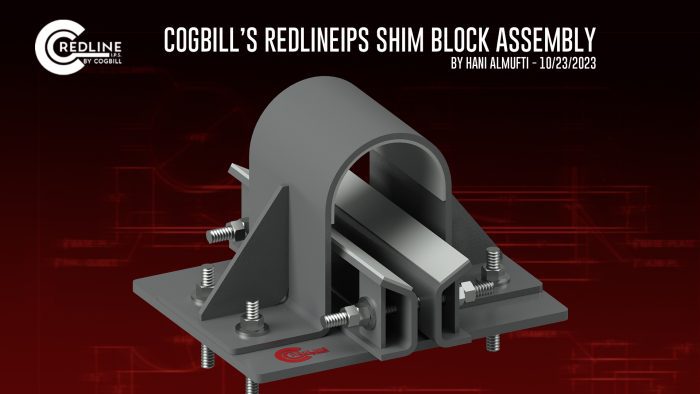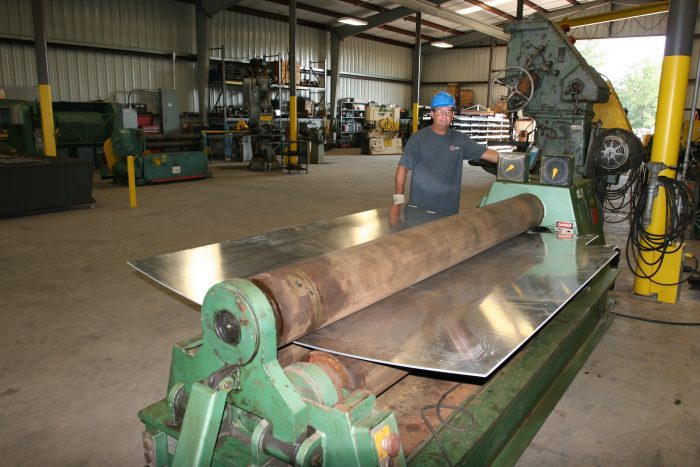CRANE SAFETY

Overhead Cranes are commonly used in the construction industry to move heavy loads with ease and convenience. However, when not properly operated or inspected, accidents that result in severe injuries, or even death, can occur. In order to remain safe, keep these general rules and guidelines in mind when operating an overhead crane:
1) Do not load lifting devices and slings beyond their rated working capacity.
2) The crane operator has the authority to stop and refuse to handle loads whenever there is a safety concern.
3) Ensure that the path of the load is clear of persons and obstructions.
4) Before moving a crane on an overhead runway, make certain the crane track, hoist and pull chain are clear.
5) All hooks on the hoist equipment should be visually inspected before the equipment is used. Conduct weekly visual inspections as well as monthly inspections with a certification record that includes the date of inspection, the signature of the person who performed the inspection and the serial number, or other identifiers, of the hook, inspected.
6) Set up cranes on firm ground and use outriggers when provided.
7) Observe proper clearance from power lines. If work is to be performed near overhead lines, the lines shall be de-energized and grounded, or other protective measures shall be provided before work is started.
8) Hoists should operate smoothly, without excessive effort. Excessive effort may indicate that the hoist capacity is being exceeded.
9) Only designated personnel that have been trained in safe work practices shall be allowed to operate lifting/mobile equipment.
10) Manufacturer instructions and requirements must be followed when assembling and/or disassembling equipment.
11) Identify hazard areas by marking the boundaries of the crane swing radius and erect and maintain control lines, warning lines, railings or similar barriers to mark the boundaries of the hazard areas.
12) Modifications or additions that may affect the capacity or safe operation of the equipment must not be made without written approval from the manufacturer or approval from a registered professional engineer.




